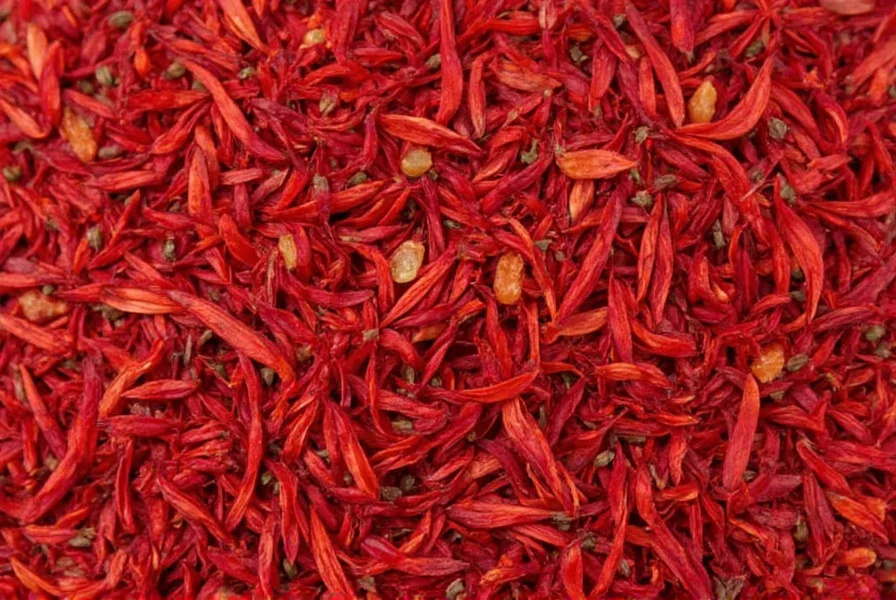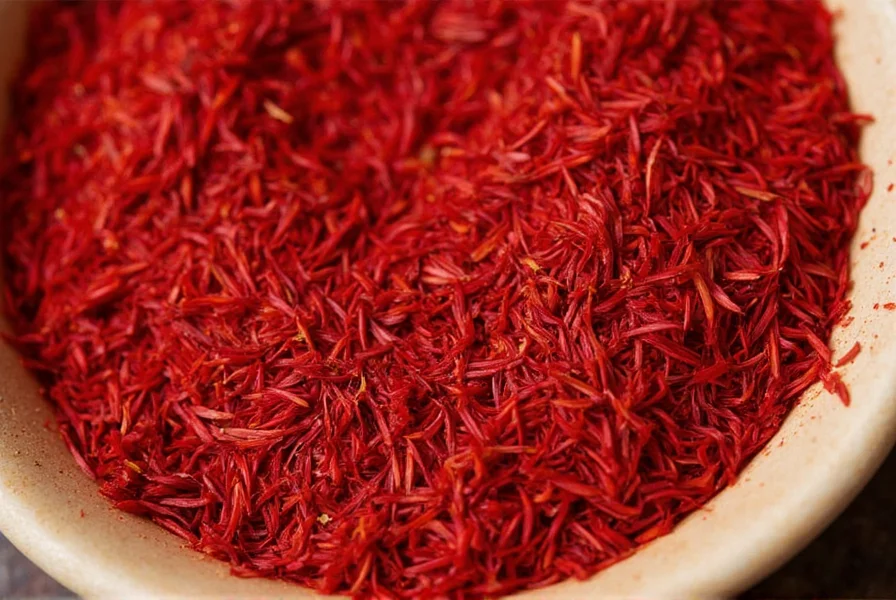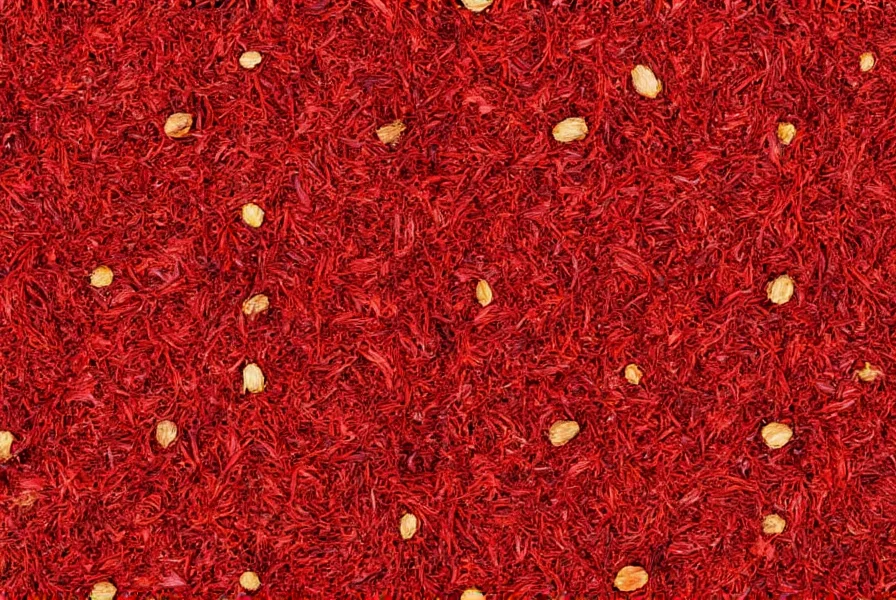When exploring the realm of luxury culinary ingredients, certain spices command extraordinary prices that reflect their rarity, harvesting complexity, and historical significance. Understanding why some spices cost more than gold by weight reveals fascinating stories of human endeavor, geographical constraints, and centuries-old trade traditions. This comprehensive guide examines the world's most expensive spices with verified pricing data, authentic sourcing information, and practical insights for culinary enthusiasts.
The Top 5 Most Expensive Spices in the World
Saffron's position at the pinnacle of expensive spices stems from its painstaking harvesting method. Each crocus flower produces only three stigmas, which must be hand-picked at dawn when the blooms are still closed. It takes approximately 75,000 flowers to yield just one pound of saffron threads. This labor-intensive spice harvesting process directly impacts its premium pricing, with Iranian and Kashmiri varieties commanding the highest prices due to superior quality.
| Spice | Price Range (Per Pound) | Primary Growing Regions | Harvesting Difficulty |
|---|---|---|---|
| Saffron | $500-$5,000 | Iran, Kashmir, Spain | Extreme (hand-picked at dawn) |
| Vanilla | $200-$600 | Madagascar, Mexico, Tahiti | High (hand-pollinated) |
| Cardamom | $150-$300 | India, Guatemala, Tanzania | Moderate-High |
| Black Truffle | $800-$3,000 | France, Italy, Oregon | Extreme (requires trained animals) |
| Tibetan Cordyceps | $20,000-$50,000 | Tibetan Plateau | Extreme (high-altitude foraging) |
Why Saffron Commands Premium Prices
The economics of saffron production explain its status among the most expensive spices by weight. Each Crocus sativus flower blooms for just one week annually, producing three delicate red stigmas that must be harvested by hand before sunrise. This time-sensitive harvesting window requires thousands of workers during the brief flowering season. The stigmas then undergo careful drying to preserve their distinctive flavor compounds and crocin content, which gives saffron its characteristic golden hue.
Geographical indications significantly impact saffron pricing. Kashmiri saffron, grown at high altitudes in the Himalayas, contains higher concentrations of safranal and crocin than Iranian varieties, justifying its premium price point. Spanish saffron labeled Coupé represents the highest grade, with only the reddest stigma portions included. Consumers seeking authentic saffron identification tips should look for deep red threads with minimal yellow style attached and a strong hay-like aroma with subtle metallic notes.

The Vanilla Paradox: Why This Popular Spice Costs So Much
Vanilla beans represent the second most expensive spice due to their complex cultivation requirements. The vanilla orchid requires hand-pollination within 12 hours of blooming, as natural pollinators exist only in Mexico. After pollination, the beans need nine months to mature, followed by a meticulous curing process involving blanching, sweating, and slow drying over several months. This labor-intensive vanilla curing process transforms the initially flavorless beans into the aromatic pods consumers recognize.
Madagascar's Bourbon vanilla dominates the market, accounting for 80% of global production. However, political instability, cyclones, and increasing demand have driven prices to record highs. In 2023, premium Madagascar vanilla reached $600 per pound, making it more expensive than silver by weight. Those researching vanilla bean price fluctuations should understand that the market remains volatile due to climate challenges and labor shortages in producing regions.
Cardamom: The Queen of Spices
Alleppey Green Cardamom from India's Western Ghats commands premium prices in international markets. This premium cardamom variety requires specific growing conditions—high humidity, well-drained soil, and partial shade—that limit its cultivation to select regions. The pods must be harvested before full ripening and processed within 24 hours to preserve their distinctive flavor profile.
Quality grading significantly impacts cardamom pricing. The highest grade, Malabar Special, features uniform green pods with high volatile oil content (3-8%). Lower grades with yellowing pods or mechanical damage fetch substantially lower prices. For those interested in cardamom market dynamics, understanding these quality distinctions explains why prices range from $10 to $40 per ounce for retail consumers.
Factors Influencing Spice Pricing Worldwide
Several interconnected factors determine why certain spices become the world's most expensive culinary ingredients:
- Geographical constraints: Many premium spices grow only in specific microclimates with particular soil conditions
- Labor requirements: Hand-harvesting and processing increase costs significantly compared to mechanized agriculture
- Post-harvest processing: Complex curing, drying, and fermentation processes affect final quality and price
- Market speculation: Limited supply and growing demand create volatile pricing, especially for spices like vanilla
- Authentication challenges: Difficulty verifying authenticity enables adulteration, affecting premium market segments
Climate change increasingly impacts spice production, with rising temperatures and unpredictable rainfall patterns threatening traditional growing regions. This climate impact on spice cultivation represents an emerging factor that may drive prices higher for many premium spices in coming decades.
Identifying Authentic Premium Spices
Consumers seeking genuine expensive spices should understand how to verify spice authenticity. For saffron, the ISO 3632 standard provides objective measurements of crocin (coloring strength), picrocrocin (taste), and safranal (aroma) content. Reputable sellers provide certification documentation showing these measurements.
With vanilla, look for plump, oily beans with visible crystalline vanillin deposits—a sign of proper curing. Counterfeit products often use dyed rice sticks or artificially flavored beans. For cardamom, authentic pods should feel heavy for their size and release aromatic seeds when squeezed. Those researching spice authentication methods should consult independent testing services that offer verification for high-value purchases.

Practical Uses for Expensive Spices
Understanding proper usage of premium spices ensures you maximize their value. Saffron requires blooming in warm liquid before use—never add threads directly to dry ingredients. A pinch (about 20 threads) suffices for most recipes serving four people. Premium vanilla beans should be split lengthwise and scraped, with the pod often reused in sugar or alcohol to extract remaining flavor.
Chefs working with expensive spices emphasize quality over quantity. A small amount of genuine saffron imparts more flavor and color than larger quantities of inferior product. When substituting expensive spices, consider that alternatives rarely replicate the complex flavor profiles of the authentic ingredients. Those exploring luxury spice substitution options should understand they're making a flavor compromise rather than achieving equivalent results.
Conclusion: The True Value of Premium Spices
The world's most expensive spices represent more than just culinary ingredients—they embody centuries of agricultural knowledge, cultural traditions, and human dedication. While their prices may seem extraordinary, understanding the factors behind expensive spice pricing reveals why these natural products command premium values. Whether you're a professional chef or home cook, appreciating these spices' origins and proper usage enhances both your culinary creations and your understanding of global food traditions.
Frequently Asked Questions
Why is saffron the most expensive spice in the world?
Saffron costs $500-$5,000 per pound because each crocus flower produces only three stigmas that must be hand-harvested at dawn. It takes approximately 75,000 flowers to yield one pound of saffron threads, making it extremely labor-intensive to produce.
How can I tell if saffron is authentic and not counterfeit?
Authentic saffron threads are deep red with minimal yellow style attached. They should have a strong hay-like aroma with subtle metallic notes. When placed in warm water, genuine saffron gradually releases a golden-yellow color without quickly turning the water red. Counterfeit products often use dyed corn silk or safflower that immediately bleeds color.
What makes Madagascar vanilla so expensive compared to other vanilla?
Madagascar Bourbon vanilla commands premium prices ($200-$600 per pound) due to its complex hand-pollination requirements, lengthy curing process, and vulnerability to climate disruptions. Political instability in Madagascar, combined with increasing global demand, has created supply shortages that drive prices higher than other vanilla varieties.
Are expensive spices worth the higher price for home cooking?
For certain applications, premium spices deliver noticeably superior flavor and color. A small amount of genuine saffron imparts more flavor than larger quantities of inferior product. However, for everyday cooking, mid-range quality spices often provide the best value. Reserve premium spices for signature dishes where their distinctive qualities can shine.
How should I store expensive spices to maintain their quality?
Store premium spices in airtight containers away from light, heat, and moisture. Saffron and vanilla beans benefit from refrigeration in opaque containers. Properly stored, saffron maintains quality for 2-3 years, while vanilla beans remain usable for 1-2 years. Cardamom pods retain freshness for 6-12 months when stored correctly.











 浙公网安备
33010002000092号
浙公网安备
33010002000092号 浙B2-20120091-4
浙B2-20120091-4